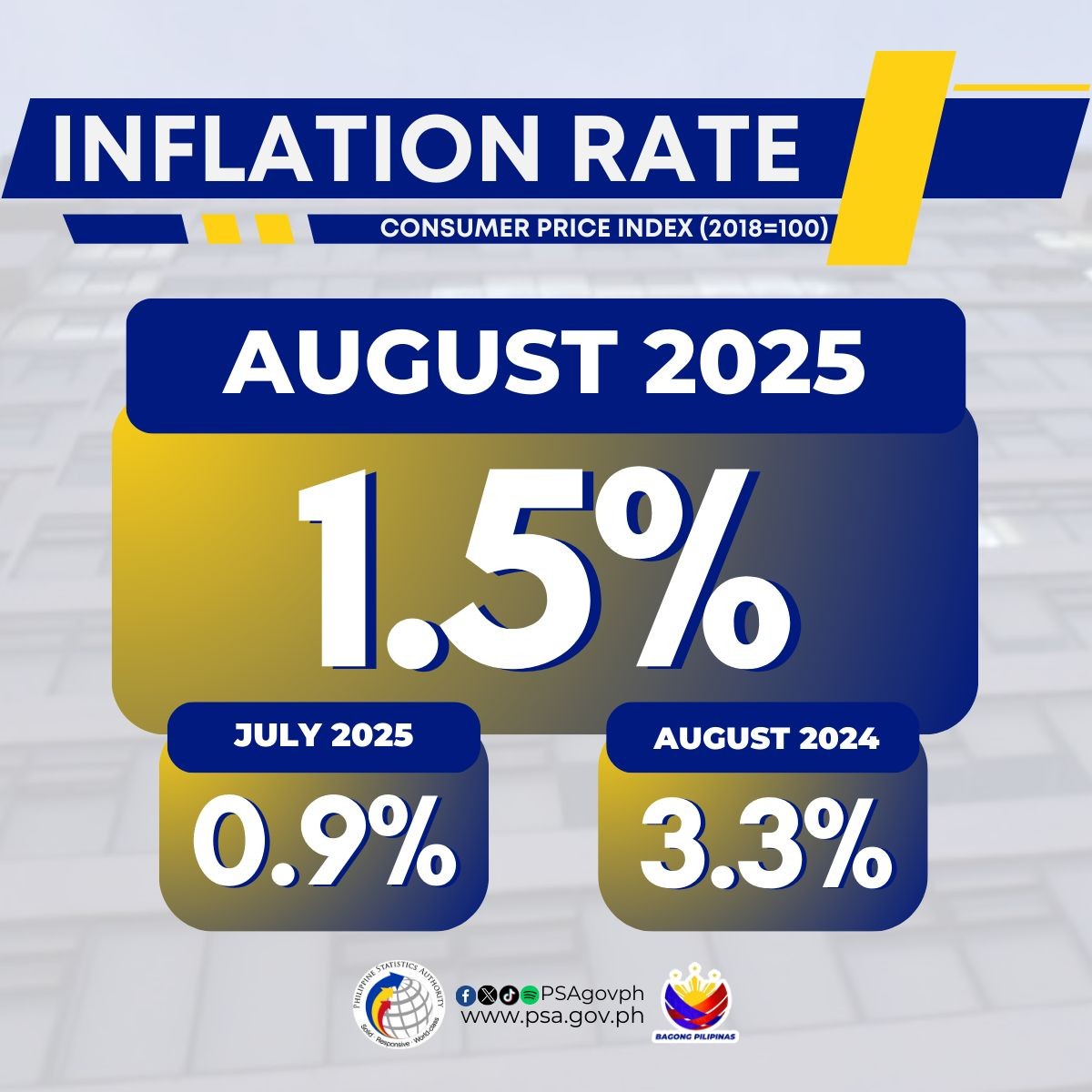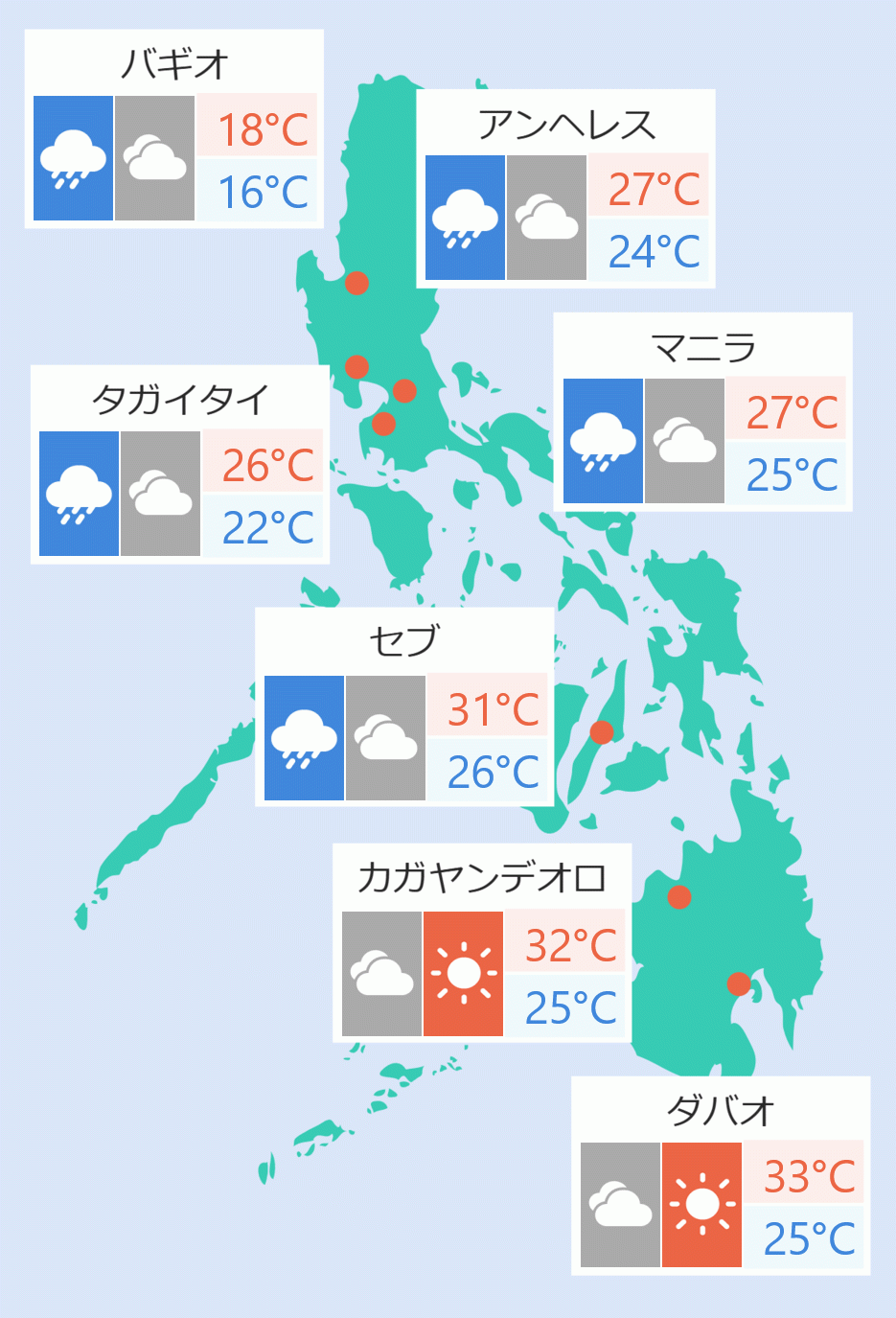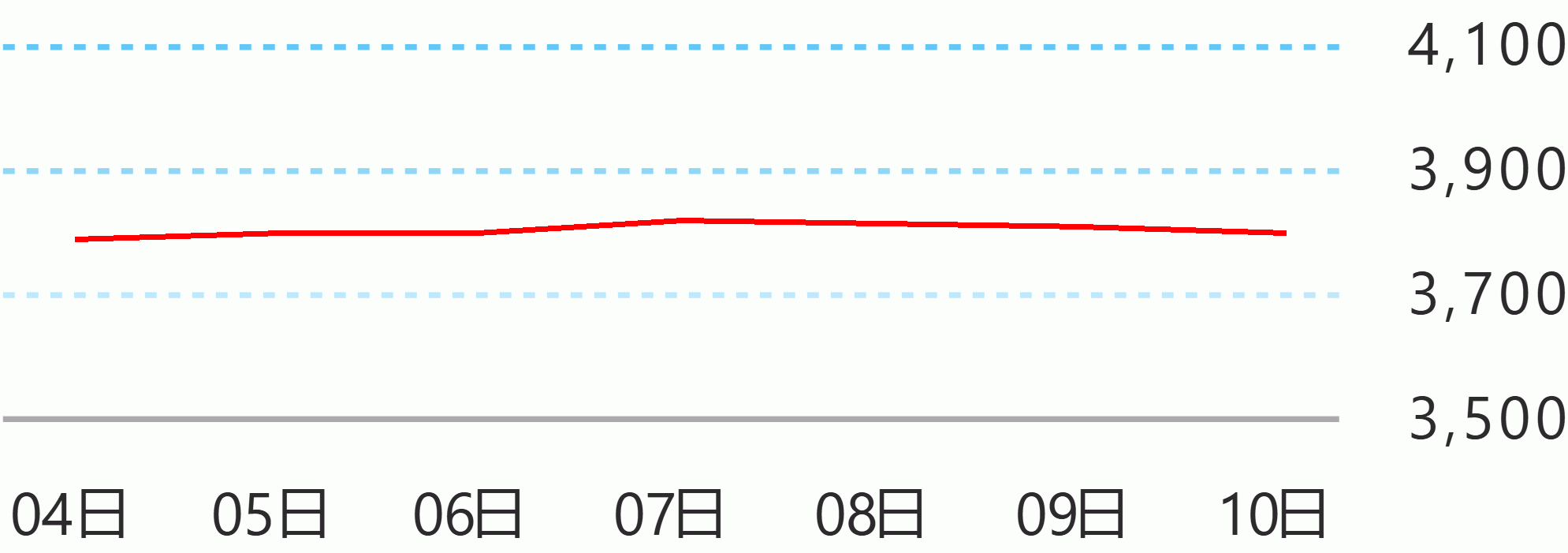The Philippine Statistics Authority (PSA) reported Friday that inflation rate stood at 1.5 percent in August from July's 0.9 percent.
''While this is higher than July’s 0.9 percent, it remains at a manageable level,'' said the Department of Economy, Planning and Development (DEPDev) .
''Food inflation increased as weather disturbances adversely affected the supply of key food commodities, particularly vegetables and fish,'' the Bangko Sentral ng Pilipinas said.
The finance department said August inflation is ''well below the government's 2 percent to 4 percent target range for the year.'' The year-to-date average inflation is at 1.7 percent.
''Inflation in fish accelerated to 9.5 percent (from 6.3 percent), emerging as the top contributor to overall inflation in August. This was driven by slow import arrivals, adverse weather, and above-normal rainfall that disrupted fishing activities in key areas'', DEPDev said.
''Similarly, vegetable inflation rose to 10 percent from a 4.7-percent deflation in the previous month,'' it added.
DEPDev Secretary Arsenio Balisacan stressed the importance of closely monitoring weather outlook due to its potential impact on agricultural production. The Philippine Atmospheric, Geophysical, and Astronomical Services Administration (Pagasa) has forecast seven to 15 tropical cyclones between September 2025 and February 2026.
“While inflation remains broadly manageable, the recent figures highlight how adverse weather conditions directly impact prices,” Balisacan said.
Balisacan said La Niña conditions, which may develop from September to December, could lead to flooding and crop damage in high-risk areas. “In anticipation of these weather shocks, we must ramp up preparatory activities and proactively ensure sufficient food supply to protect Filipino consumers from price volatility,” he added. DMS





 English
English










